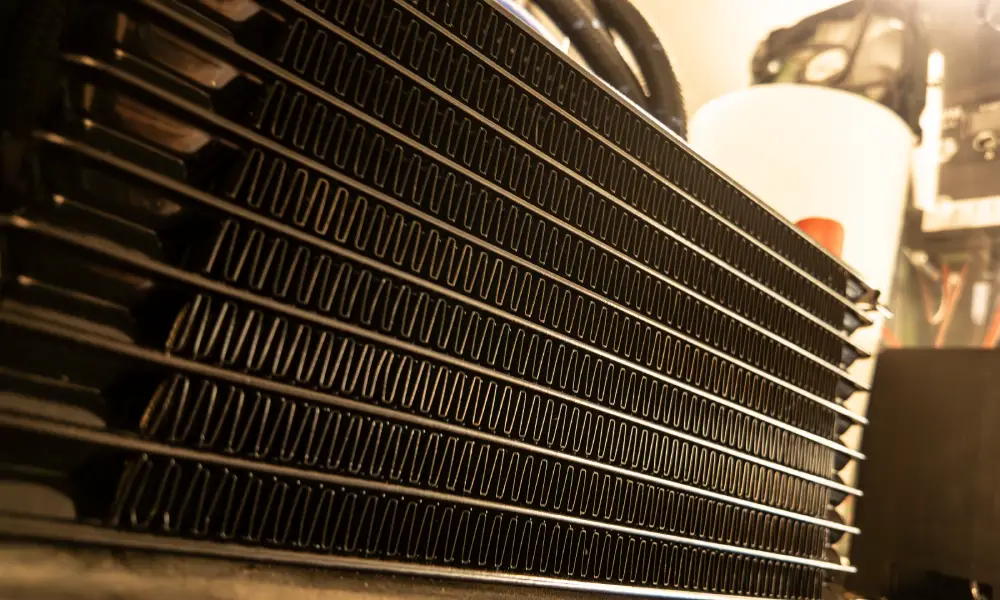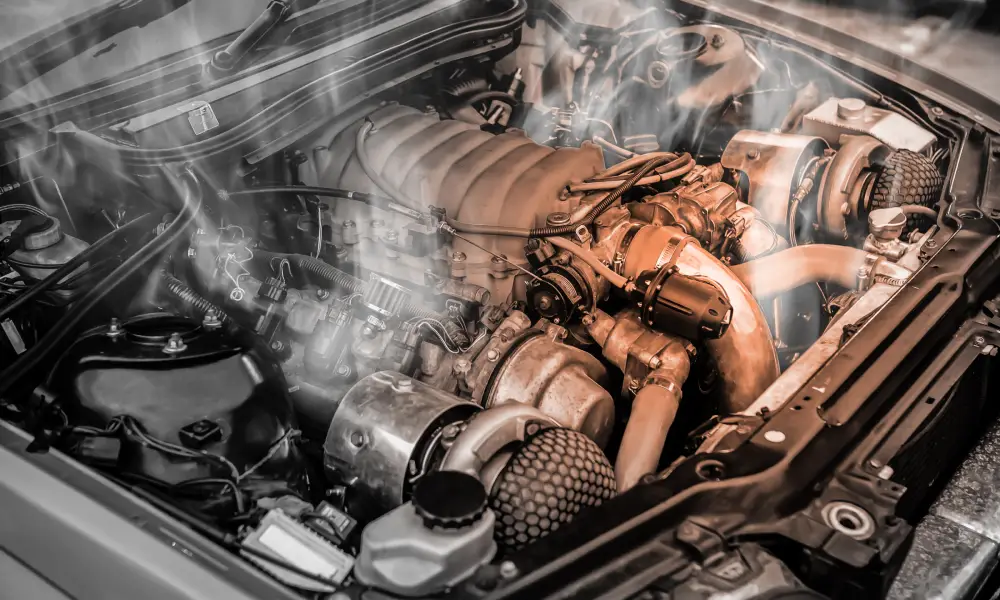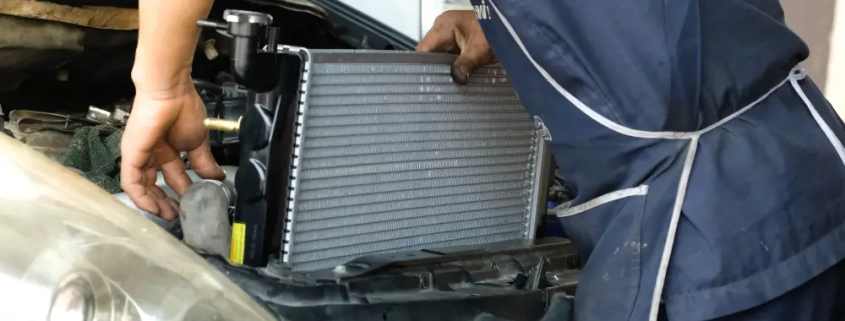What is the function of a car radiator?
A car radiator plays a crucial role in regulating engine temperature and preventing overheating. By transferring heat away from the hot coolant, the radiator ensures the engine can run within a safe operating range.
Understanding the purpose of a radiator helps car owners recognise its importance, maintain their cooling system properly, and know when to seek expert radiator service.
What is the primary function of a radiator in a car?
A car radiator regulates engine temperature by transferring heat from the coolant to the outside air. The radiator is the key part of the cooling system that prevents overheating, helping the engine maintain its optimal operating temperature for efficient driving.
Conversely, engines can quickly overheat without a functioning radiator, leading to serious damage and costly repairs.

How does a car radiator work within the cooling system?
The radiator in a car is the core of the engine’s cooling system, helping the vehicle maintain a safe engine temperature. When liquid coolant circulates through the engine, it absorbs the heat produced by combustion. The thermostat then opens, allowing hot coolant from the engine to flow into the radiator.
Inside the radiator, the liquid enters thin metal tubes and cooling fins. These thin metal fins increase the radiator’s surface area, allowing it to dissipate heat into the passing air effectively. Airflow and fans assist this process, ensuring the coolant is cooled before it returns to the radiator hoses and flows back to the engine. A properly functioning radiator keeps the temperature within an optimal range so the car can operate effectively without risk of overheating.
In short, the cooling cycle works as follows:
- The water pump moves engine coolant through the engine to absorb heat.
- The thermostat opens when the coolant reaches a high temperature.
- Hot liquid coolant enters the radiator core.
- Thin metal fins and cooling fans release heat into the air.
- Cooled liquid in the radiator returns to the engine to repeat the cycle.
The radiator functions as the key part of the car’s cooling system by ensuring the coolant is pumped continuously through this cycle.
Why does a car need a radiator to operate effectively?
A car needs a radiator because without it, the engine would overheat within minutes, causing severe damage. By keeping engine temperature within a safe range, the radiator ensures reliable performance, fuel efficiency, and a longer engine lifespan.
What happens if you have a faulty radiator?
A faulty radiator can prevent coolant from reaching the core or cause leaks that lower coolant levels. When this happens, the engine coolant cannot properly absorb and dissipate heat, and the car’s engine temperature rises above a safe level. Driving your vehicle in this state risks damage to the radiator, cracked hoses, or even complete engine failure.

What are the signs of radiator problems?
A faulty radiator often shows warning signs such as rising engine temperature, low coolant levels, or visible leaks under the car. Drivers may also notice puddles of coolant, corrosion around hoses, or steam from under the bonnet.
Common radiator issues and what they mean
| Sign of radiator issue | Possible cause | What to do next |
| Rising temperature gauge | Low coolant or blocked radiator | Pull over safely and book a cooling check |
| Puddles of coolant under car | Leak in hose or radiator core | Avoid long drives and arrange inspection |
| Sweet smell or steam | Boil-over or pressure loss | Let engine cool; never open a hot cap |
| Rust or corrosion on radiator | Old coolant or internal damage | Schedule service to prevent radiator failure |
Spotting these signs early can help prevent radiator failure and protect your engine from overheating. Regular radiator checks and maintenance help car owners avoid these costly problems and keep their vehicle operating safely.
How can radiator maintenance extend the life of your car?
Radiator maintenance helps prevent overheating and extends the life of your car’s engine. Flushing the radiator, topping up coolant, and checking radiator fans, hoses, and the radiator cap keep the cooling system working properly and reduce the risk of failure.
Using the correct coolant is also important, as the right mixture prevents radiator corrosion and ensures optimal cooling performance. Car owners who schedule routine radiator checks can avoid costly repairs and keep their vehicle running safely in all conditions.
Regular checks are essential for safe and effective radiator care. Consumer Affairs Victoria advises that drivers check engine coolant levels and gauges before every long trip to help prevent overheating and engine damage.
When to get radiator service and repairs
Acting quickly is essential if you notice signs of radiator issues or your temperature gauge starts to climb. A radiator that doesn’t function properly can damage the engine and lead to expensive repairs.
Natrad is crucial in maintaining and replacing radiators in all major Australian cities, including Melbourne. With a nationwide network and a 3-year warranty on replacement radiators, Natrad ensures car owners receive reliable service backed by industry expertise.
Book a cooling system check with your local Natrad specialist today to keep your car’s radiator and engine in top condition.









